
CHAMPION!
SCOTTIE SCHEFFLER
2024 Arnold Palmer Invitational presented by Mastercard
Orlando’s Signature Event
Since 1979, the Arnold Palmer Invitational presented by Mastercard has been a proving ground for the PGA TOUR’s biggest names –– and a can’t miss event for golf’s biggest fans. Each spring under the Bay Hill sun, legacies are forged. Champions are crowned. And fans from across the globe come together. Here golf becomes more than a game. It becomes a tradition. Welcome to Orlando’s Signature Event.

The Experience
Celebrate Proudly

Friends
Get your group together for unbeatable views, good times, and great golf.

FANS
Get closer to your favorite stars with player walks and event-exclusive experiences.

Family
Make lasting memories with fan events
for the whole family.

“When people ask what’s driven me all these years, I always give the same answer. It’s you.”
– Arnold Palmer
Special Events
UNFOrgettable EXPERIENCES
-
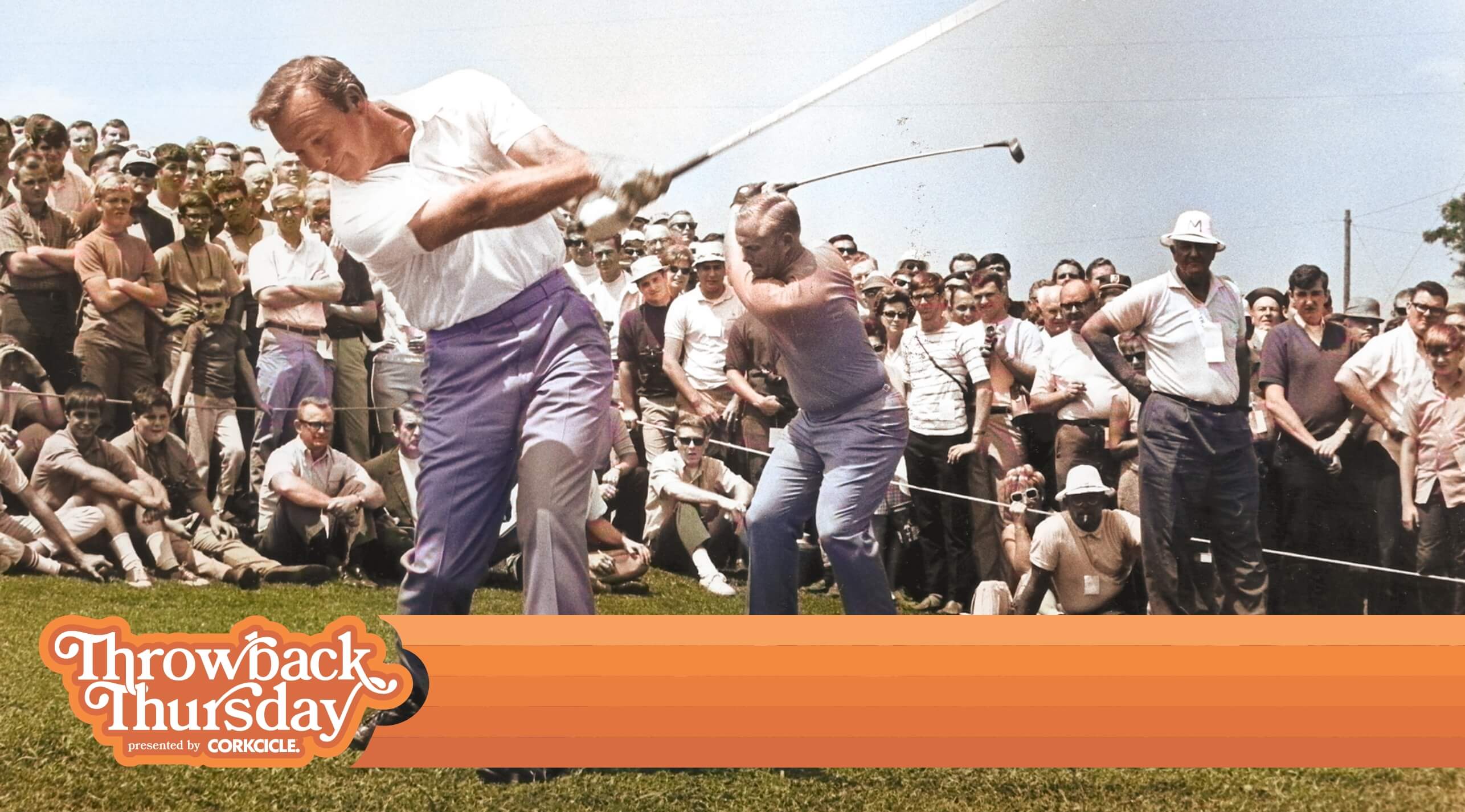
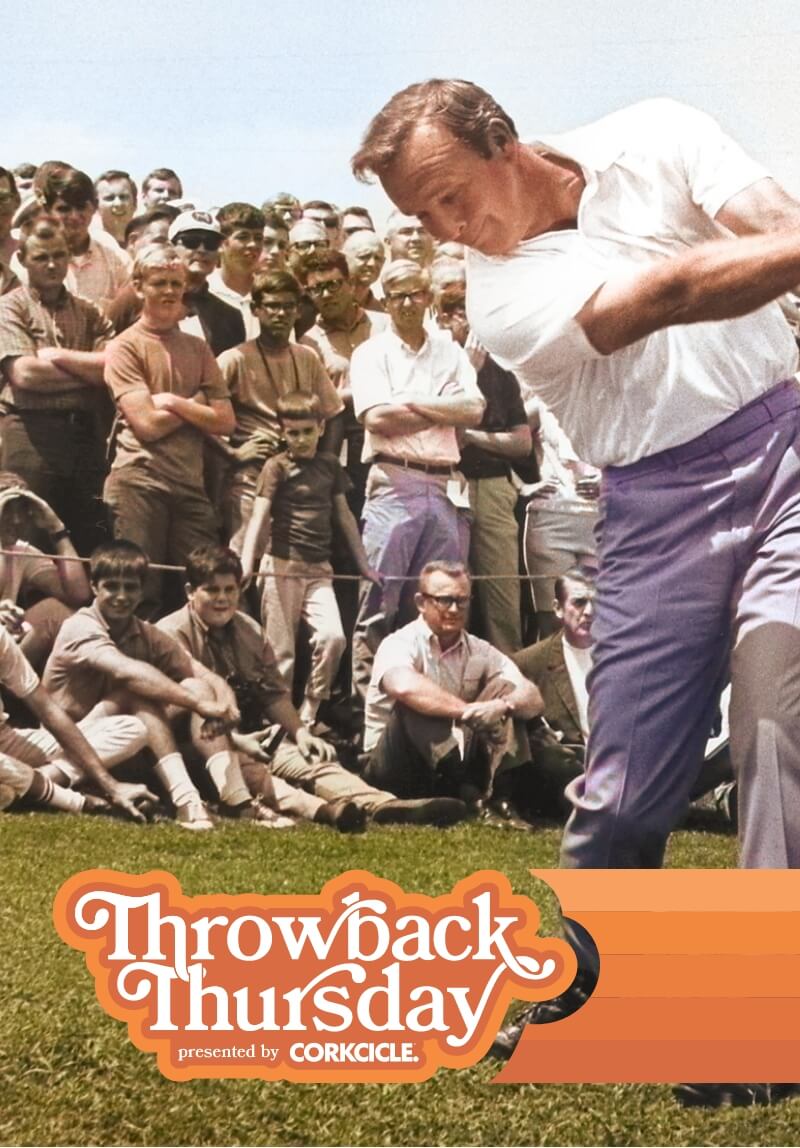
Throwback Thursday
Travel back through the tournament’s history while today’s biggest stars write a new chapter just steps away.
-


White Claw Fan Deck
Home to our player walk along the 16th tee and special food truck offerings, the ultimate fan oasis awaits!
-
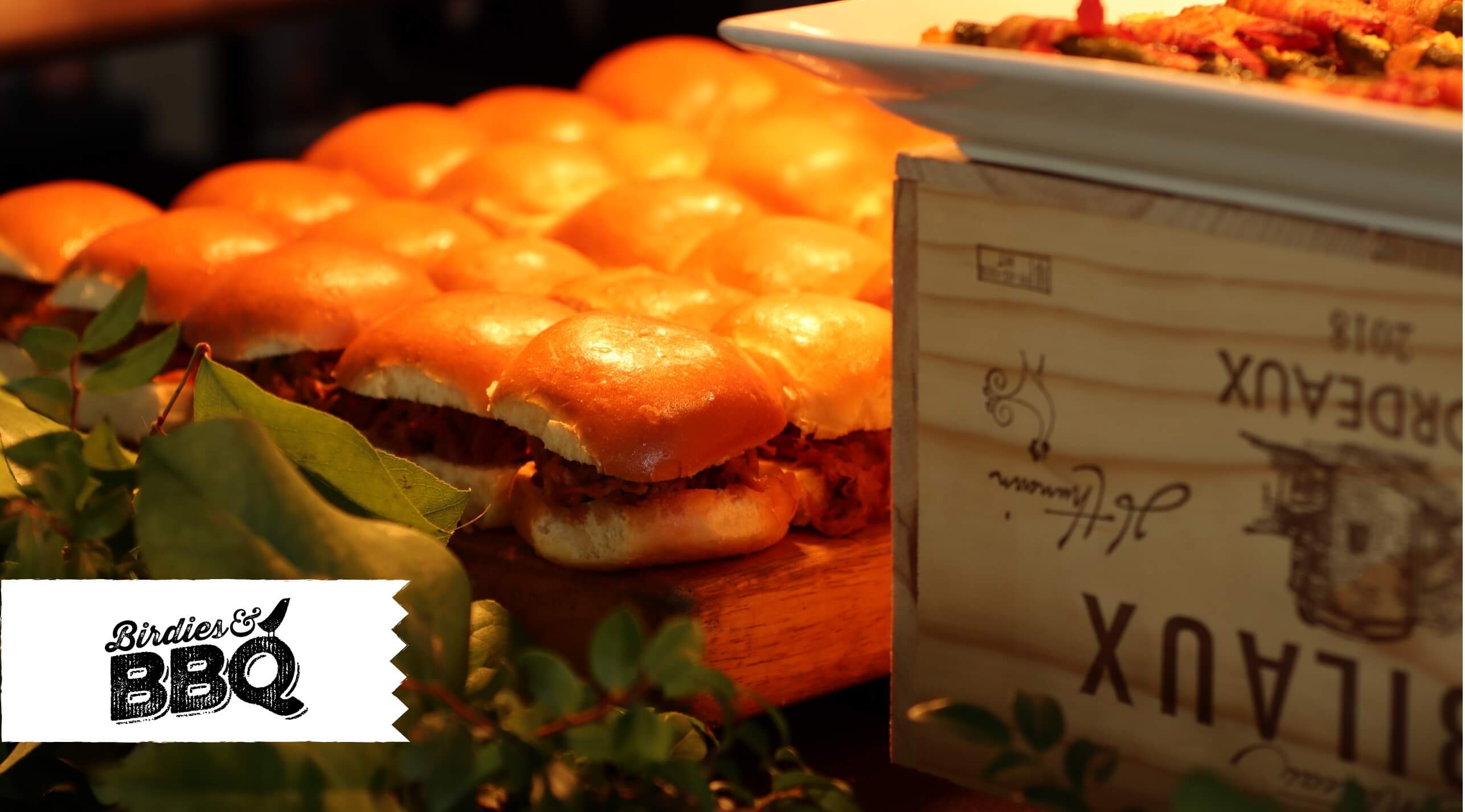
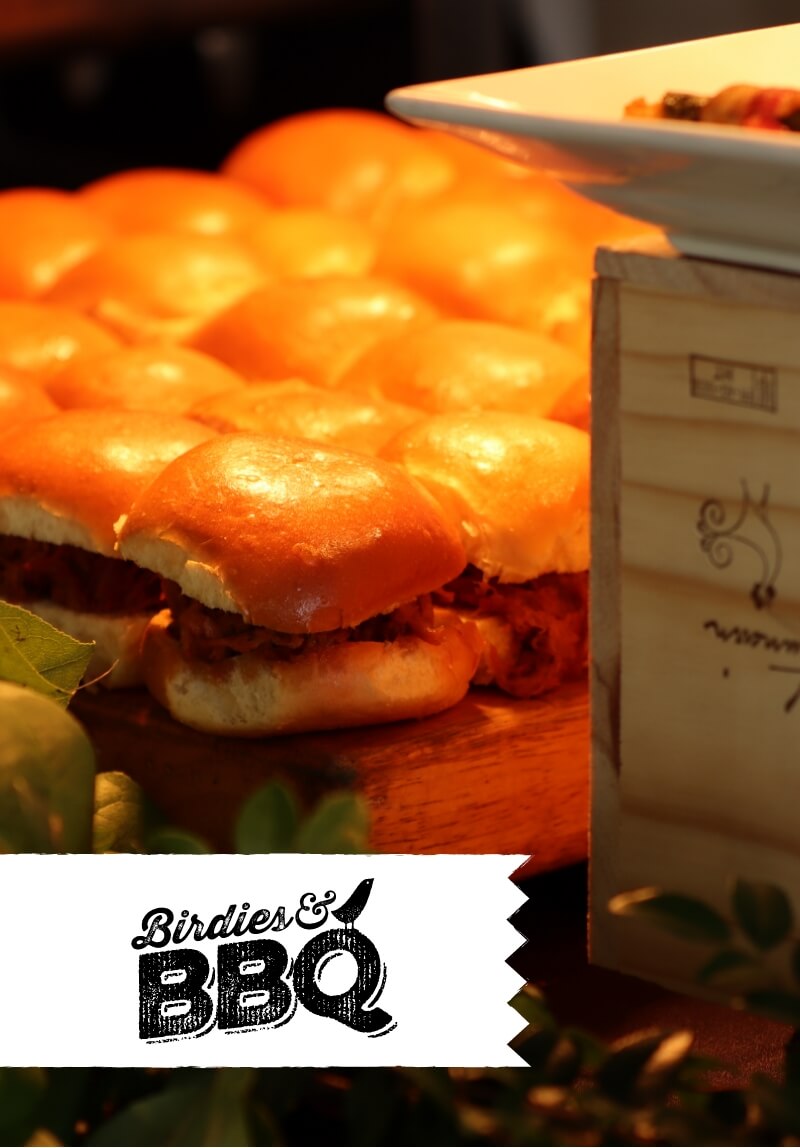
Birdies & BBQ
Take in the action off the 9th fairway while we serve up signature smokehouse fare and ice-cold beer.
-


Wine & Dine on 9
Enjoy fine wine from Kendall-Jackson and delectable appetizers from some of Orlando’s top restaurants.
-


Patriots’ Outpost
Proudly supporting our military service men and women with complimentary food and drinks on Sunday along the 9th fairway.
-


Junior Clinic
Join Primrose Schools and First Tee – Central Florida for a FREE Junior Clinic on Monday of tournament week.
Sponsors
Presenting Sponsor
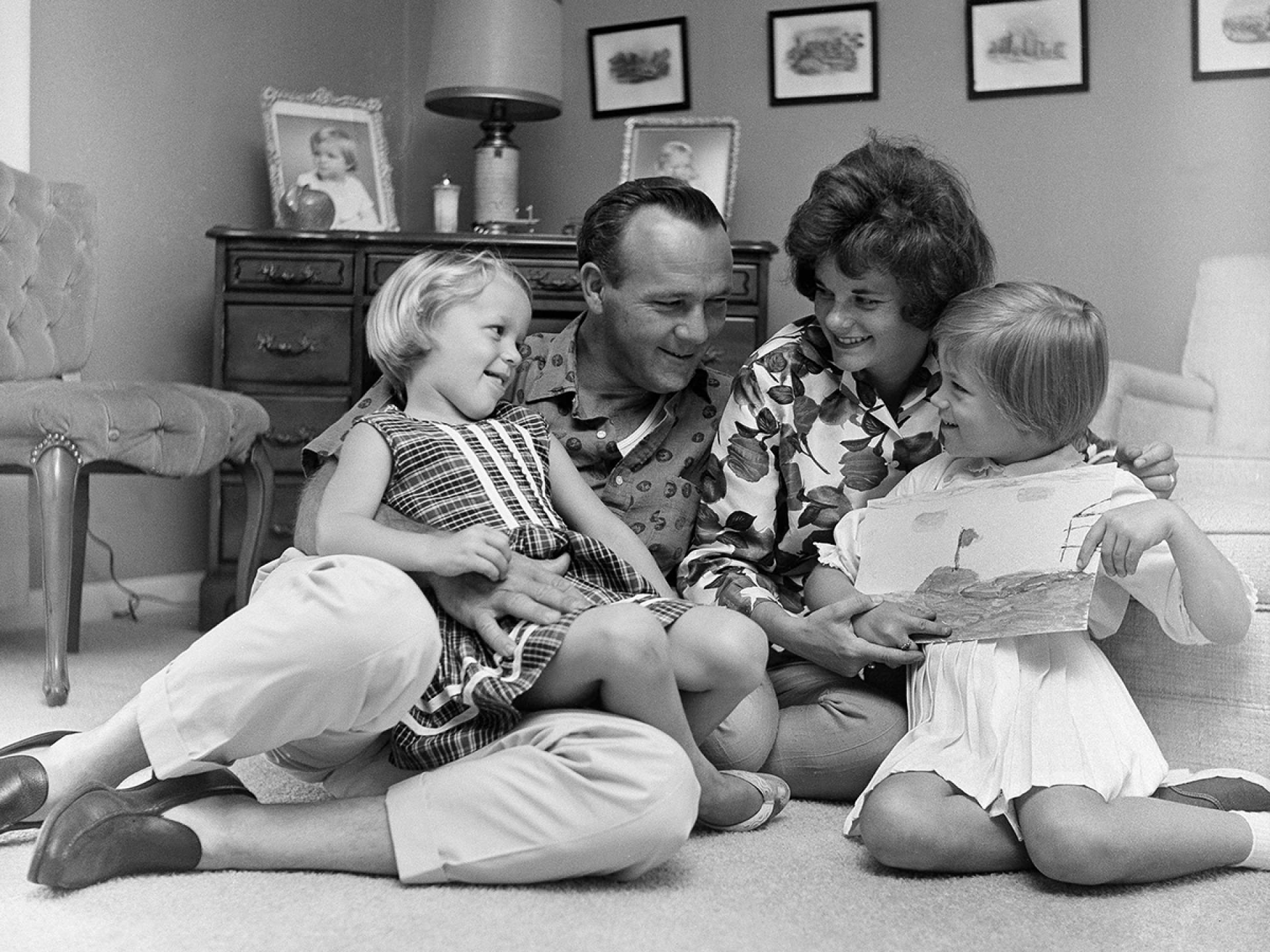

Get Involved
A Legacy
of IMpact
Arnold and Winnie Palmer created a blueprint for serving others. Today, driven by the generosity of “Arnie’s Army,” the Arnold & Winnie Palmer Foundation carries on a pioneering tradition of charity, service, and doing right by others.




















